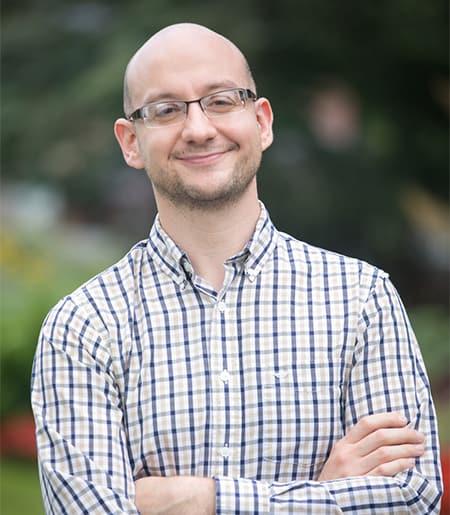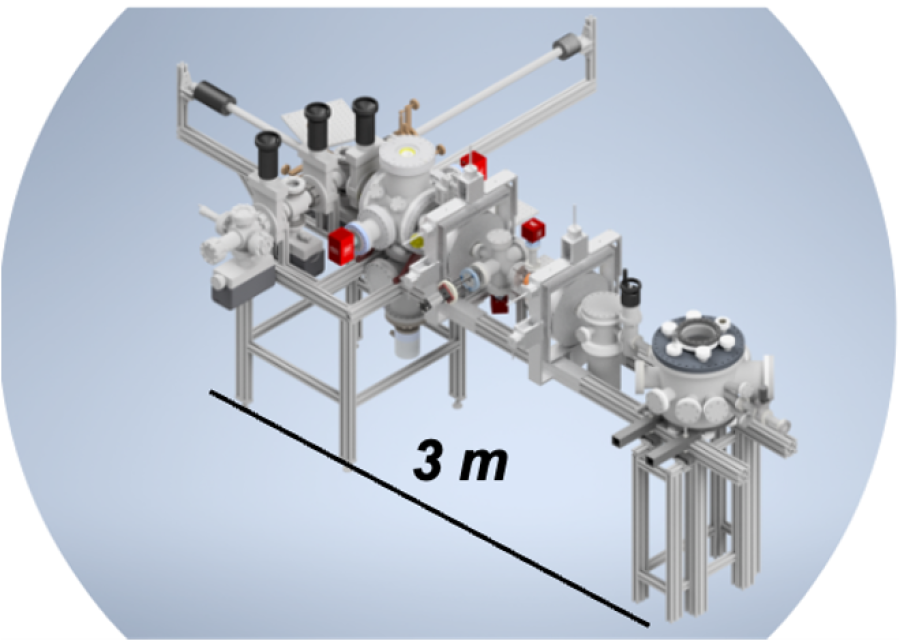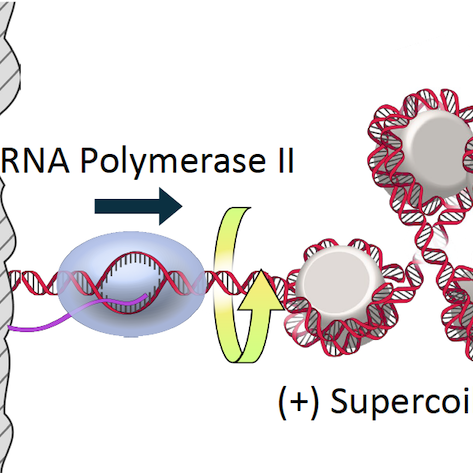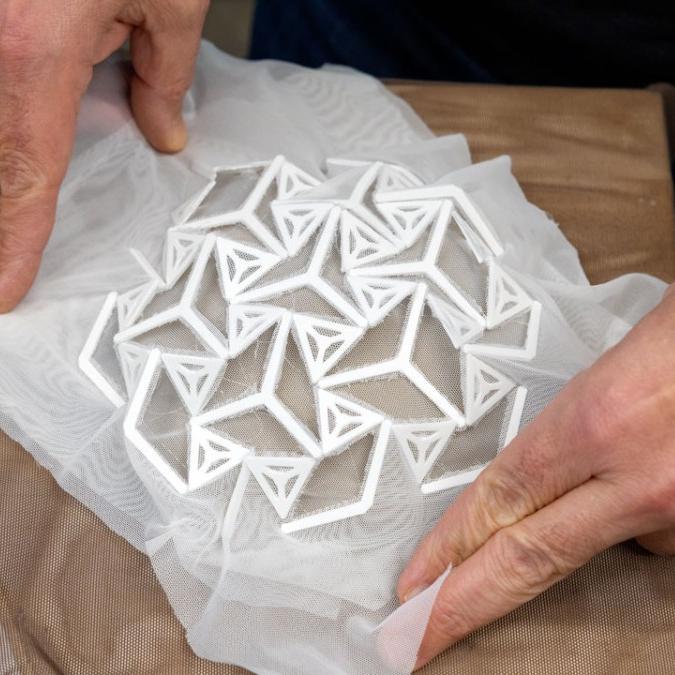Research in the realm of accelerator physics focuses a lot on where you get the particles from. My group’s expertise is creating and manipulating electron beams. We’re typically interested in studying a process called photon emission by way of using light to impinge on a specially engineered material that will emit electrons when illuminated. My group are experts in generating high brightness electron beams via photoemission, using light to generate electrons.
After the beam is created then we like to do lots of interesting things with it -- accelerate, manipulate, focus it in three dimensions.
A critically important metric is the beam’s brightness. Basically, it means a beam that is dense, where there are a lot of electrons in a particular area. But it also means a beam that is going parallel so that the individual electrons don’t have much spread in their velocity, they’re all acting in very much the same way. So both dense in space but also very dense in the spread of velocity. It turns out that that the spatial density and angular spread of the beam in a collider controls how many Higgs bosons per second your collider is going to make.
In a tabletop machine like an electron microscope, the resolution -- signal to noise ratio that you’re going to achieve -- all depends on this one thing, the brightness.
Our data is the beam itself. We think of the beam as an interesting state of matter: we’ve got this very rapid bunch of electrons flying through the vacuum of our accelerator, and we study that. We take pictures of the beam in full three dimensions and we make maps of what the beam is doing.
Our diffraction machine is a little bit like an unusual electron microscope. It doesn’t provide anywhere near as amazing a resolution as some of the electron microscopes we have on campus in space, but it does have the ability to provide extreme time resolution -- that’s sort of our niche, the ability to see atoms actually in motion, which requires not a millisecond, not a nanosecond, it requires down to the level of picoseconds, a trillionth of a second. You might think this device has got to be huge, but it’s actually only 3 meters long, sits in a room, someone called it a table top experiment, it’s a rather large table but it does indeed fit in a room.
The detectors we employ literally give us a video image of where the electrons are on the detector in video-real time. This new detector is not only fast imaging but it can see individual electrons. This is absolutely remarkable. I can see a little spot on my detector spike up when a single electron hits it. When I first saw that, I thought this is going to totally revolutionize what we do. I can’t take credit for the detector work: that’s the work of people like Sol Gruner [John L. Wetherill Emeritus Professor of Physics, (A&S)], Julia Thom Levy, [professor of physics (A&S)], and David Muller, [Samuel B. Eckert Professor of Engineering (Engingeering)]. They’re the masterminds behind that detector.








